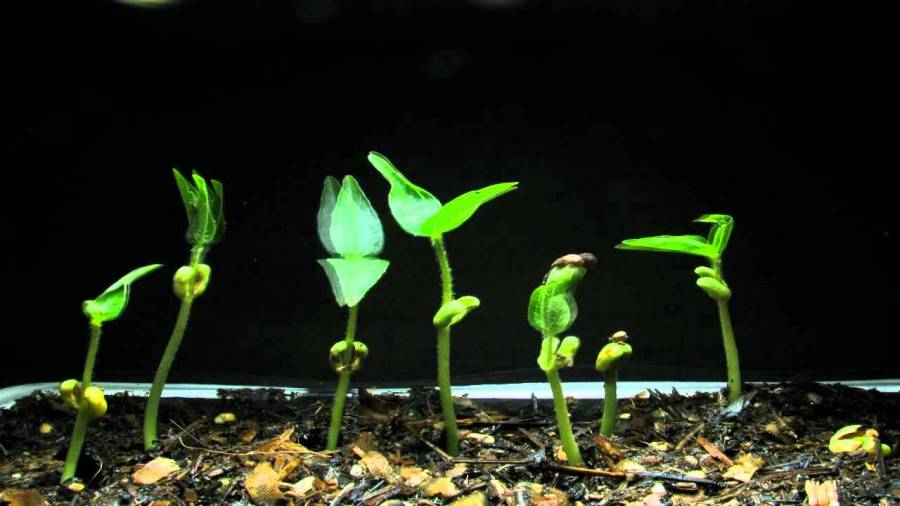Mung beans are part of the Fabaceae family of plants, which means that the seeds of this plant come from the pods; however, mung bean, probably the best known as soybean sprouts. These grains are edible, safe for human consumption, raw or cooked, and are a sweet aroma, thus introducing this bean into frozen ice desserts in Asian countries. Honeybees have a similar growth cycle, as do other legumes, which begin as a seed and grow in the form of food.
Germination
Mung beans usually germinate within four or five days; however, the actual rate of germination varies depending on the amount of moisture introduced during the germination stage. Watering the bean seeds every four to five hours leads to faster germination.
read also: Fantastic Health Benefits Of Black Matpe Beans
Post-Germination
After germination, the seeds of the plants are divided and grow soft root, whitish. It was during this stage of growth, many mung beans are collected in the form of soybean sprouts, which are a common addition to Asian cuisine. If the grains are harvested after an initial growth in the mung bean root system developed, as well as the continuation of the green shoot growth cycle of the soil plants. This stem generally comprises two leaves. As the plant continues to grow, seed pods begin to form in its branches. Each capsule contains 10 to 15 seeds, while the average plant contains 30 to 40 seeds.
Maturation
As soon as the plant matures, it can take up to 60 days, the mung bean plant can reach up to 30 inches tall and has several branches with seeds. Ripe seed pods change color from black to yellowish brown, and the actual seeds vary from yellow, black to green. While most seed pods become a darker color, some seed pods are still green.
If you want to buy green mung bean in Myanmar, you can visits at BaganTrade website, which is Myanmar’s first and the only B2B website that engage local and global market.
read also: Benefits of Mung Bean Sprouts

